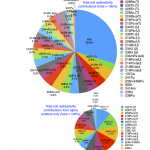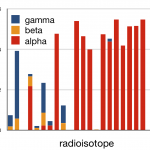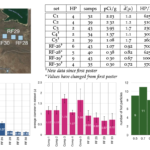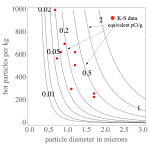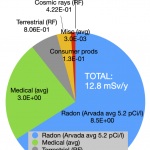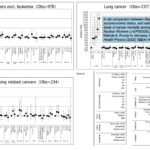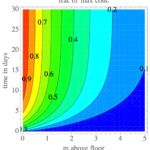Many documents on this website touch on issues familiar to experts on Rocky Flats. There are very recent overviews of develops in radiation epidemiology and ICRP publications. Some noteworthy discussions or novel features include the following; links take you to the relevant document. [November 2023:Links dead until some documents are completed: two on epidemiology, one on detailed dose calculations, one on Superfund cleanup.]
- The remarkable importance of NIST/NBS 'soil standards' (collected in 1978 within what is now the Refuge) in establishing the context of plutonium contamination. (These were recently augmented with estimated values for 232Th and 238U daughters not measured by NIST.)
- Probably the only carefully analysis of the hot particle measurements (on the eastern boundary of the Rocky Flats refuge and beyond) by Ketterer and Szechenyi. These are unlikely to be published since the work for hire was done for an antinuclear group which owns the copyright (probably).
- How to include hot particles as part of uniform soil contamination (need frequency of occurrence and average particle sizes).
- A very explicit treatment of dose using recent ICRP dose coefficients for (very insoluble) PuO2 via inhalation and ingestion. No need for a large 'black box' like RESRAD, especially since Pu emits so few gammas.
- The ongoing importance of using cumulative distribution functions to show contaminant levels, especially when (as at Rocky Flats) a few outlying samples dominate the mean and standard deviation. To the extent that the data is representative, it is possible to construct the 'probability to encounter' a specified contaminant level during a random walk over the surveyed area.
- The possible usefulness of surveys using data-logging GPS-enabled survey meters. We show data for the Refuge and the Central Operable Unit of Rocky Flats.
- A reminder of the usefulness of cartograms for sound epidemiology when population densities are strongly varying from place to place.
- A detailed literature overview of concerns about 'hot particles'
- A perhaps useful treatment from first principles of the height profile of radon in a basement.
